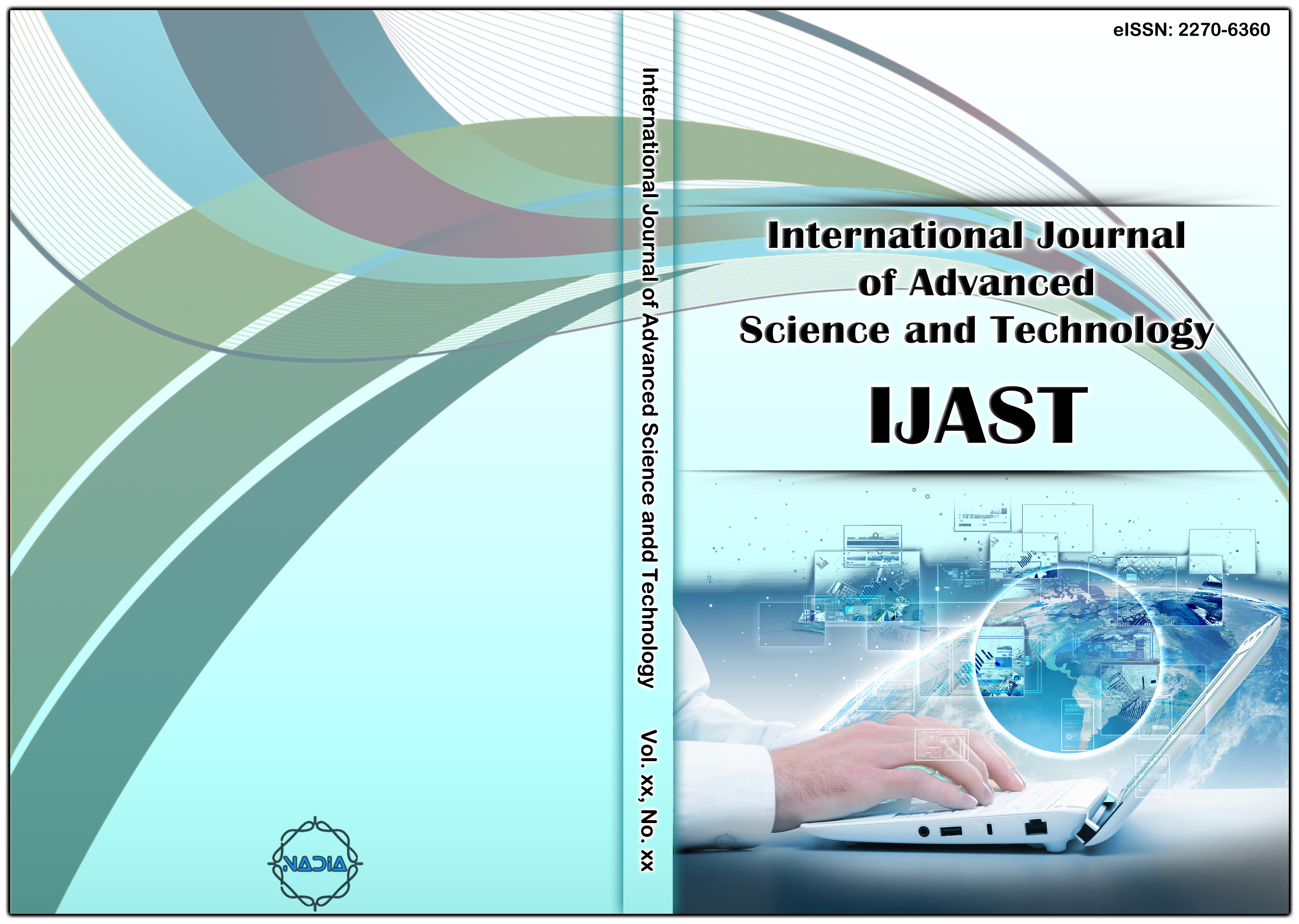[1] I. Guyon and A. Elisseeff, “An introduction to variable and feature selection,” JMLR. 3, 2003.
[2] G. James, D. Witten, T. Hastie, and R. Tibshirani, An Introduction to Statistical Learning. Location: Springer. 2013.
[3] M. L. Bermingham, R. Pong-Wong, A. Spiliopoulou, C. Hayward, I. Caroline, H. Rudan, A. F. Campbell, J. F. Wright, F. Wilson, P. Agakov, P. Navarro, and C. S. Haley. “Application of high-dimensional feature selection: evaluation for genomic prediction in man,” Sci. Rep. vol. 5, pp. 00–00, 2015.
[4] X. Liu, A. Krishnan, and A. Mondry, “An entropy based gene selection method for cancer classification using microarray data,” BMC Bioinformatics, vol. 6, pp. 1–14, 2005.
[5] J. Li, H. Su, H. Chen, and B. W. Futscher, “Optimal search-based gene subset selection for gene array cancer classification,” IEEE Trans. Inf. Technol. Biomed. Vol. 11, pp. 398–405, 2007.
[6] C. Gini, “Variabilità e Mutuabilità. Contributo allo Studio delle Distribuzioni e delle Relazioni Statistiche,” C. Cuppini, Bologna, 1912.
[7] G. Forman, “An extensive empirical study of feature selection metrics for text classification,” J. Mach. Learn. Res. Vol. 3, pp. 1289–1305, 2003.
[8] H. Peng, F. Long, and C. Ding, “Feature selection based on mutual information: Criteria of max-dependency, max-relevance, and min-redundancy,” IEEE Transo. Pattern Anal. Mach. Intel. Vol. 27, pp. 1226–1238, 2005.
[9] A. Bhattacharyya, “On a measure of divergence between two statistical populations defined by their probability distributions,” Bull. Calcutta Math. Soc. vol. 35, pp. 99–109, 1943.
[10] C. C. Reyes-Aldasoro and A. Bhalerao, "The Bhattacharyya space for feature selection and its application to texture segmentation," Pattern Recog. vol. 39, pp. 812–826, 2006.
[11] B. Shin, B. Wang, and J. S. Lim, “Relational matrix algorithm for feature selection in a fuzzy neural network”, Basic Clin. Pharmacol. Toxicol. vol 124, pp. 114–115, 2019.
[12] J. S. Lim, “Extracting minimized feature input and fuzzy rules using a fuzzy neural network and non-overlap area distribution measurement method,” 퍼지 및 지능 시스템학회 논문지 제15권 제5호, pp. 599–604, 2005.
[13] J. S. Lim,“Finding features for real-time premature ventricular contraction detection using a fuzzy neural network system,” IEEE Trans. Neural Net. Vol. 20, pp. 522–527, 2009.
[14] J. S. Lim and S. Gupta, “Feature selection using weighted neuro-fuzzy membership functions,” The 2004 International Conference on Artificial Intelligence (IC-AI'04), vol. 1, pp. 1301–1315, 2004.
[15] J. W. Lim, B. J. Shin, and J. S. Lim, “A match count method (mcm) for feature selection with cancer datasets in a neuro-fuzzy system,” Special Issue on “Engineering and Bio Science, Int. J. Pharma. and Bio. Sciences, vol. #, pp. 236–242, 2017.
[16] J. Jeyachidra and M. Punithavalli, “A comparative analysis of feature selection algorithms on classification of gene microarray dataset,” Information Communication and Embedded Systems, vol. #, pp. 1088–1093, 2013.
[17] L. J. Shik, Extracting Wisconsin Breast Cancer Prediction Fuzzy Rules Using Neural Network with Weighted Fuzzy Membership Functions, Korea Information Processing Society (한국정보처리학회), vol. 11B, pp. 717–722, 2004, 1598-284X(pISSN).
[18] W. H. Wolberg, W. N. Street, D. M. Heisey, and O. L. Mangasarian, Computerized Breast Cancer Diagnosis and Prognosis from Fine Needle Aspirates. Archives of Surgery vol. 130, pp. 511–516. 1995.
[19] W. H. Wolberg, W. N. Street, and O. L. Mangasarian, “Machine learning techniques to diagnose breast cancer from fine-needle aspirates,” Cancer Letters vol. 77, pp. 163–171, 1994.
[20] W. N. Street, W. H. Wolberg, and O. L. Mangasarian, Nuclear Feature Extraction for Breast Tumor Diagnosis. IS&T/SPIE 1993 International Symposium on Electronic Imaging: Science and Technology vol. 1905, pp. 861–870, San Jose, CA, 1993.
[21] O. L. Mangasarian, W. N. Street, and W. H. Wolberg, “Breast cancer diagnosis and prognosis via linear programming,” Operations Research vol. 43(4), pp. 570–577, July–August 1995.
[22] P. Zhong and M. Fukushima, “A regularized nonsmooth Newton method for multi-class support vector machines,” 2005 http://www-optima.amp.i.kyoto-u.ac.jp/~fuku/papers/ZhongFuku2-rev.pdf
[23] J. S. Lim, “Finding fuzzy rules for iris by neural network with weighted fuzzy membership function,” Int. J. Fuzzy Log. Intell. Sys. vol. 4(2), 211–216, 2004.
